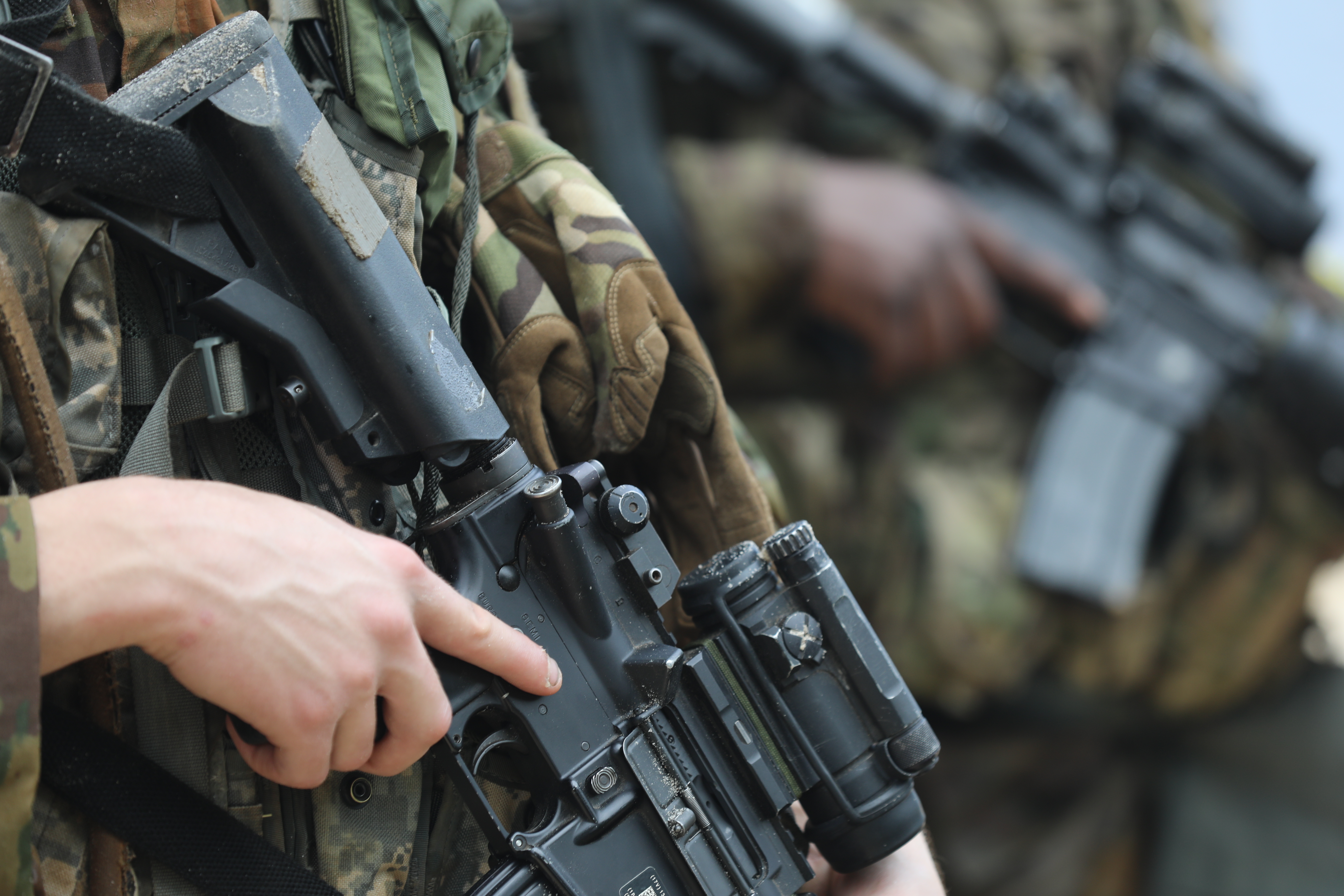
In 2016, with the help of a successful Kickstarter campaign, Thomas Brennan launched The War Horse, a nonprofit news publication focused on covering war, trauma and veterans’ affairs in the post-9/11 era. (The publication is best known for breaking the story of Marines United, an all-male Facebook group in which members shared nude photos of servicewomen without their consent.)
Having served in the Marine Corps infantry for nine years before pursuing a graduate journalism degree at Columbia University, Brennan has first-hand experience both surviving and writing about trauma. And he knows that trauma reporting can cause further trauma if it isn’t done with care and skill. “The War Horse believes that reporting on trauma comes with a great responsibility,” reads a message on the publication’s website.
With that in mind, Brennan teamed up with Columbia’s Dart Center for Journalism & Trauma to create a set of standards for journalists to follow when interviewing trauma survivors. This is an edited list of those standards — 10 rules for responsible trauma reporting. Brennan has granted Journalist’s Resource permission to publish this list for our audience.
1. Resist the urge to say, “I understand how you feel.” No matter how much you’ve prepared for an interview, you don’t “get it” or “understand” what a source has been through. Every story is unique. Every experience is unique. If our stories aren’t unique, we are doing a disservice to our sources and our readers. Research conditions and circumstances. But once you have done your research, leave it at the door. It doesn’t matter how much knowledge you have on the topic, you can never predict how a particular individual experienced the events personally.
2. Truly prepare for the interview. Reporting on trauma demands special care and increased ethical sensitivity. It requires specialized interviewing skills, understanding of the law, and (at a minimum) a basic awareness about the psychological impact of trauma.
3. Use the term “trauma survivor” rather than “trauma victim.” Get the language correct. People are not “victims” unless they describe themselves that way.
4. Respect a potential interviewee’s right to say no. Nobody should be forced to give every detail about a traumatic event.
5. Take control of providing a safe space for sources to discuss their individual trauma(s). Tread carefully and do not exploit or belittle trauma survivors if they open up to you. If you’ve earned their trust, keep it. The secret to good interviewing is active, non-judgmental listening.
6. Don’t underestimate how your own reactions to traumatic details can influence the conversation. If you are finding the conversation challenging, acknowledge that silently to yourself, and bring your focus back to what is being said. Try to listen a little harder and to observe facial expressions and body language. The time for a journalist to process the personal impact of an interview is after it’s complete, away from the interviewee.
7. Be careful of asking “why” questions — which interrogators tend to favor. Trauma is often associated with high degrees of self-blame, guilt and shame. For this reason, avoid language that might imply the interviewee is responsible in some way. Don’t be surprised if accounts only make partial sense. Frequently survivors of trauma shut down emotionally: Their recall may become or seem fragmented, and in some cases they may have blocked out an event entirely. Incomplete and contradictory accounts are not prima facie evidence of deception, but rather of the struggle interviewees may experience in making sense of what has happened to them.
8. Know that journalists have a responsibility to do everything they can to avoid exposing the interviewee to further abuse and to avoid undermining an interviewee’s standing in the community. Be prepared for survivors to read at least portions of your story before publication, as it can lessen the impact — and possible trauma — of public exposure. (Note: After reading — and seeing evidence of your intentions — an interviewee may decide to share more of the story with you.) Tell the whole story. Sometimes media identify only specific incidents, focusing on the obvious climax. Reporters must understand that a failure to report wholly on a story is, in itself, a form of abuse. Learn how individuals have coped with the trauma in the longer term. Your stories and your relationships will be richer for it.
9. Remember that trauma reporting is an act for the greater good. Utilize information, data, resources and various experiences wisely to provide you with insight and to ensure you’re reporting the truth — not how things appear at first glance. There is never a simple explanation and during your reporting you should be prepared to explore the individual complexities of each story. Speculation has no place in trauma reporting.
10. Look beyond the trauma. A story is never just about what happened. Explore regrets and successes and how your interviewee’s life led up to this point. A person is more than just a singular event. Explore the survivor’s story with the same care, attention to detail and respect that you would want if roles were reversed.
For more tips on war reporting, see this list of safety strategies from the Dart Center for Journalism & Trauma.
